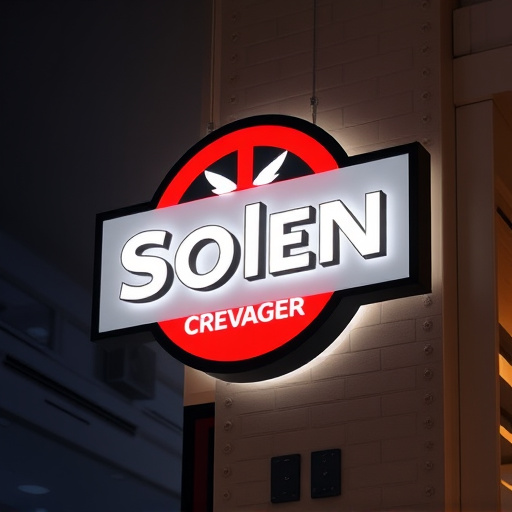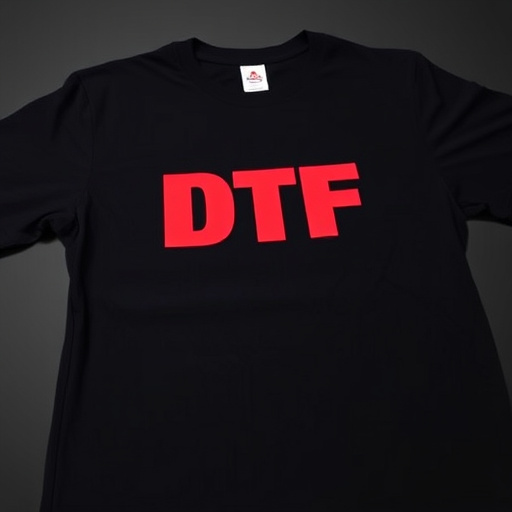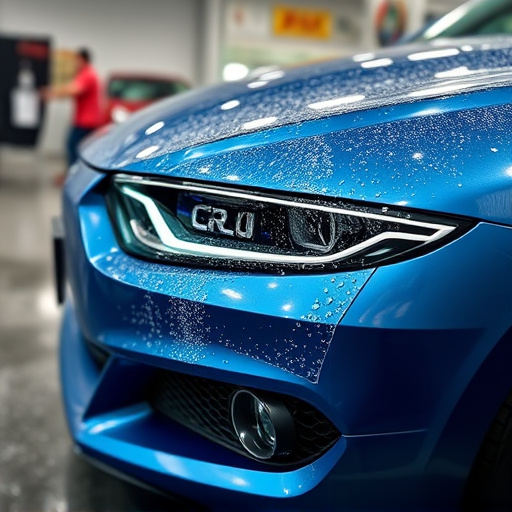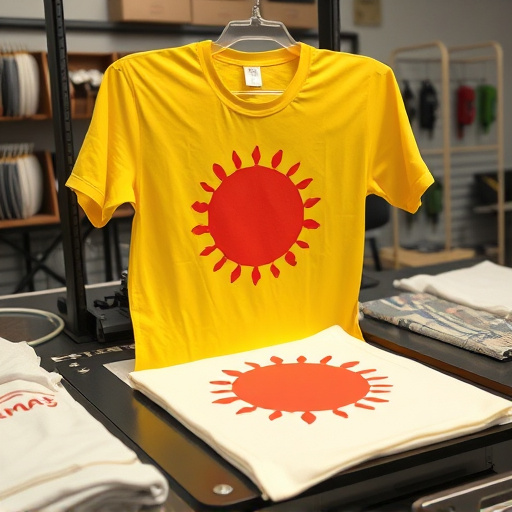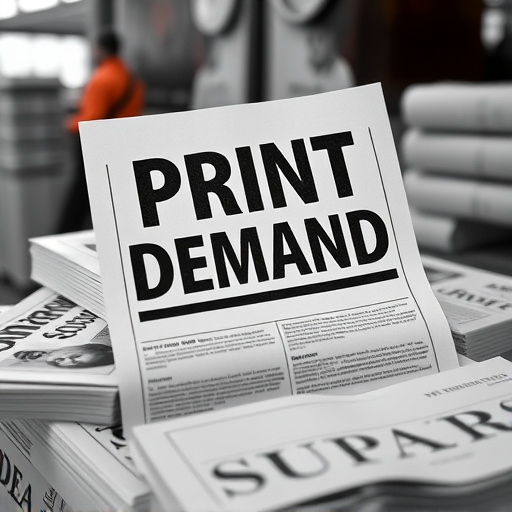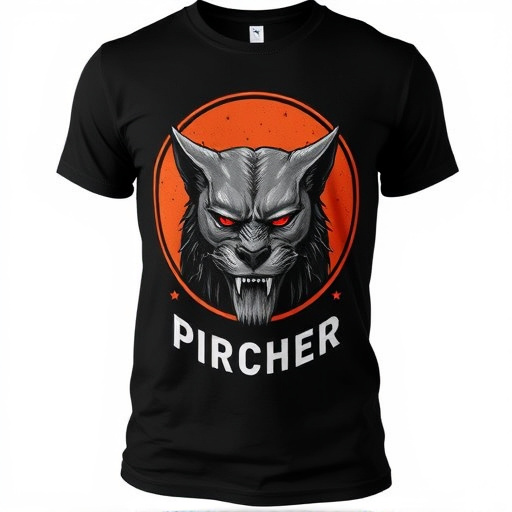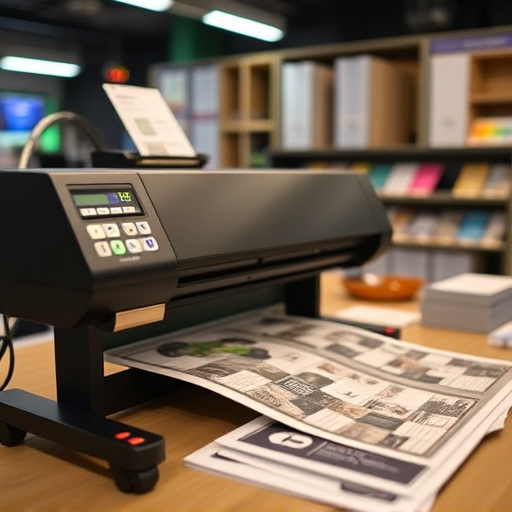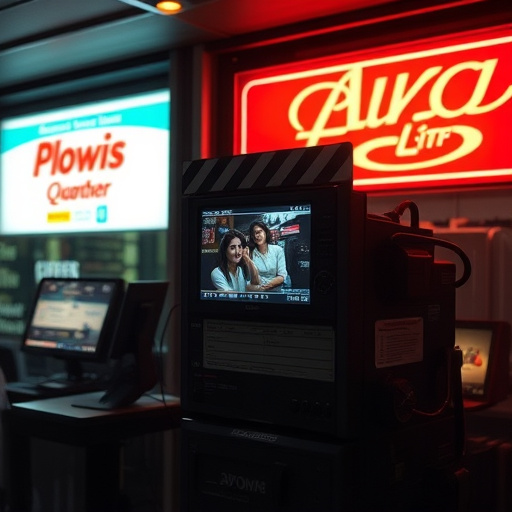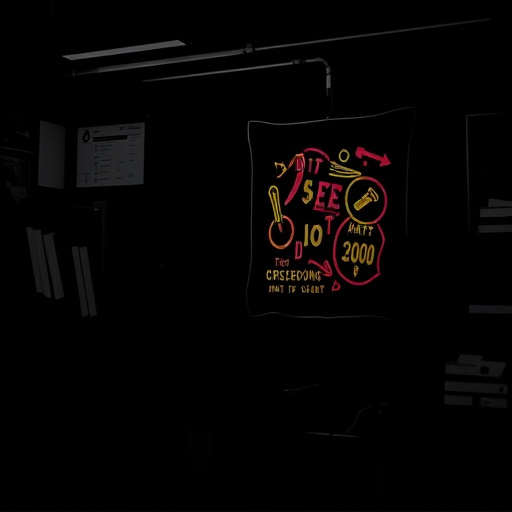DTF (Direct to Fabric) technology offers a cost-effective solution for apparel design, eliminating printing plates and enabling precise application of designs directly onto fabrics. Ideal for small batch productions and custom orders, especially hoodies and t-shirts with intricate graphics. This method allows on-demand production, reduces setup costs, and enables limited-edition collections without substantial upfront investment. Streamline processes with digital patterning, use specialized inks and high-quality DTF heat transfer paper, and optimize batch production for enhanced productivity while maintaining cost efficiency.
“In today’s competitive apparel industry, understanding cost-effective methods is crucial for designers aiming to balance quality and profitability. Digital Thermal Transfer (DTF) printing stands out as a game-changer, offering significant savings without compromising aesthetics. This article explores the role of DTF in apparel design, delving into its production advantages, benefits within the creative process, and strategies to maximize efficiency. By leveraging DTF’s cost-effective nature, designers can achieve unique, high-quality garments while optimizing resource utilization.”
- Understanding DTF Cost Effective in Apparel Production
- Benefits and Applications in Design Process
- Strategies for Maximizing Efficiency and Savings
Understanding DTF Cost Effective in Apparel Production
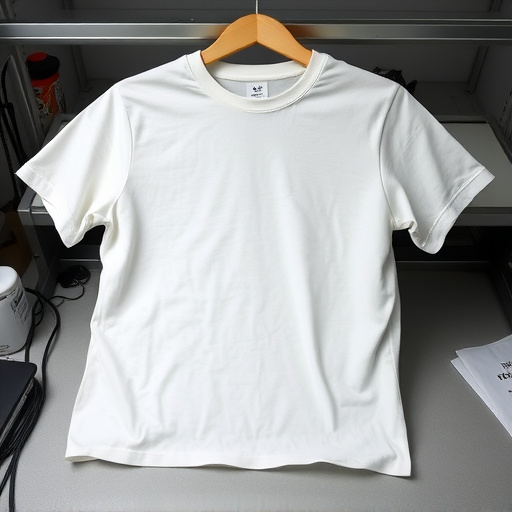
In contemporary apparel design, understanding and leveraging DTF (Direct to Film) cost-effective methods is paramount. This cutting-edge technology allows for precise application of designs directly onto fabrics, eliminating the need for costly printing plates or screens. By utilizing a DTF printer, designers can achieve high-quality, personalized garments with remarkable efficiency and affordability. This approach is especially beneficial for small batch productions and custom orders, where rapid turnaround times and variable design requirements are common.
For instance, direct to film personalized hoodies benefit immensely from DTF cost-effective solutions. These hoodies can be customized with intricate graphics and detailed text without incurring the usual expenses associated with traditional printing methods. This not only makes them an attractive option for fashion-conscious consumers but also provides businesses with a competitive edge by offering versatile, on-demand design capabilities. DTF for t-shirts is another area where this technology excels, enabling the rapid production of unique, personalized garments tailored to individual preferences.
Benefits and Applications in Design Process
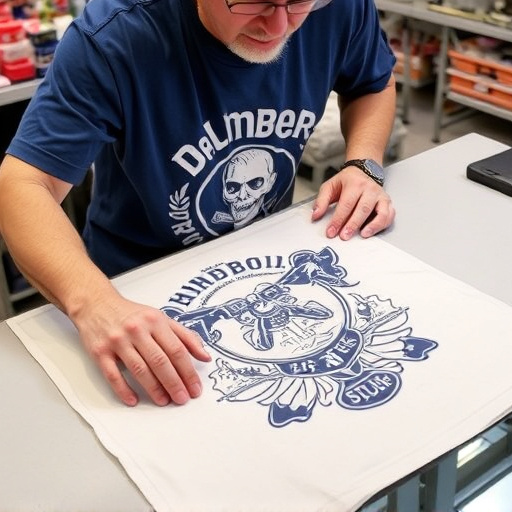
The use of DTF (Direct to Fabric) Cost Effective printing methods has revolutionized the apparel design process, offering a range of benefits that streamline production and enhance creative possibilities. One of its key advantages is the ability to produce high-quality, custom designs on demand, eliminating the need for complex set-up costs and large minimum order quantities. This makes DTF an attractive option for both small businesses and independent designers looking to launch limited-edition collections or test market trends without significant upfront investment.
In terms of applications, DTF for t-shirts has gained immense popularity due to its versatility and ease of use. Cold peel DTF transfers allow for the creation of intricate patterns and graphics that can be precisely aligned on garments, ensuring a professional finish. Custom sheets for heat pressing designs further extend the process’s capabilities by enabling designers to incorporate diverse materials and textures into their pieces. This level of customization opens doors for unique fashion statements, from bold statement tees to personalized accessories, all while maintaining cost-effectiveness throughout the design journey.
Strategies for Maximizing Efficiency and Savings
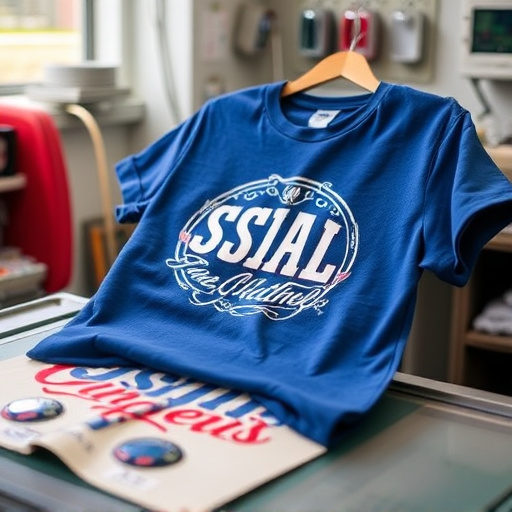
To maximize the efficiency and savings offered by DTF (Direct-to-Fabric) cost-effective methods in apparel design, several strategic approaches can be implemented. One key strategy is to streamline the design process by digitizing patterns and utilizing software tools for precise cutting and layout planning. This reduces waste and ensures seamless integration of graphic elements onto the fabric. Additionally, selecting suitable DTF printing techniques for dark fabrics is essential; specialized inks designed for darker materials can provide vibrant, long-lasting prints while minimizing the need for multiple layers or expensive pre-treatment.
Another effective method is to choose the right dtf heat transfer paper according to the fabric type and design complexity. High-quality paper with excellent adhesion properties allows for crisp, detailed transfers, reducing the risk of smudging or peeling during the heating process. Moreover, batch production can be optimized by pre-positioning cut-outs and templates, enabling faster printing and application, thereby increasing overall productivity while maintaining cost efficiency.
DTF (Direct to Fabric) cost-effective printing has transformed the apparel design industry by offering a streamlined, efficient, and affordable approach. By understanding its application in production, leveraging its benefits throughout the design process, and implementing strategic practices for maximum efficiency, designers can create high-quality garments while significantly reducing costs. This innovative method is a game-changer, enabling both small labels and established brands to bring their visions to life with precision and economy.

